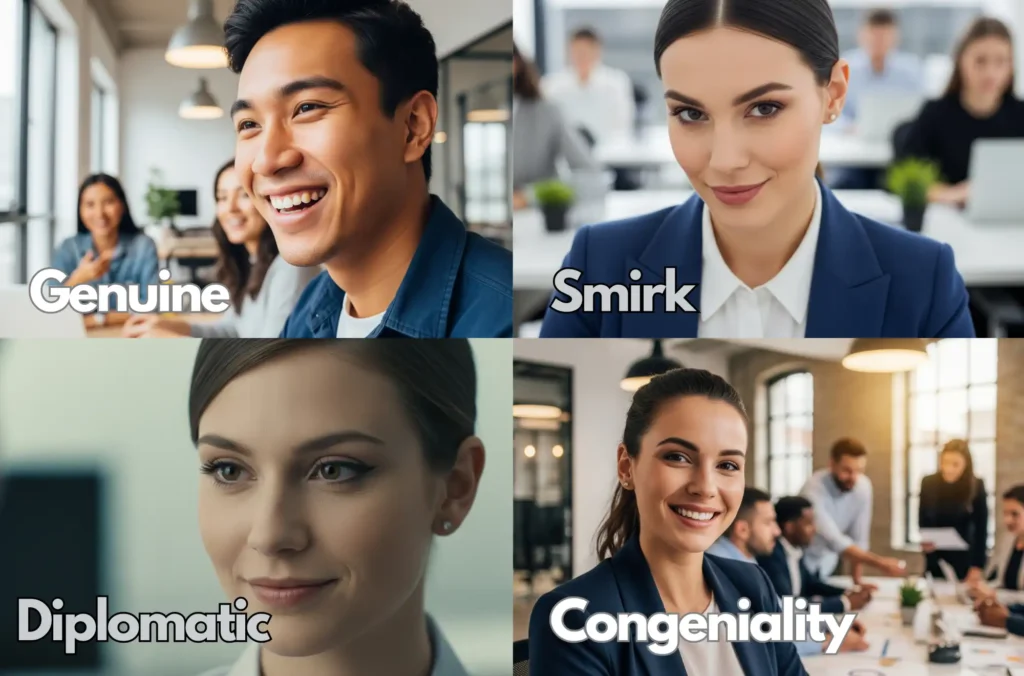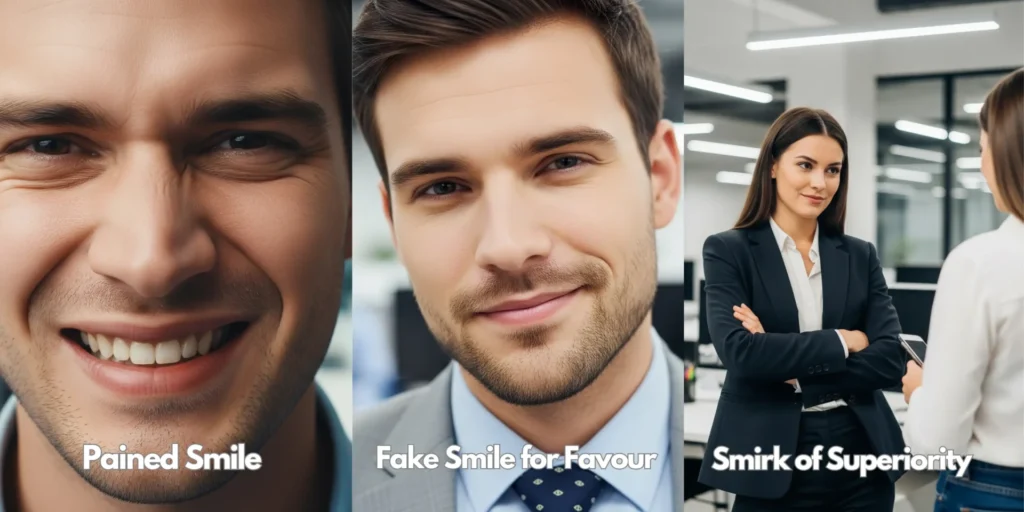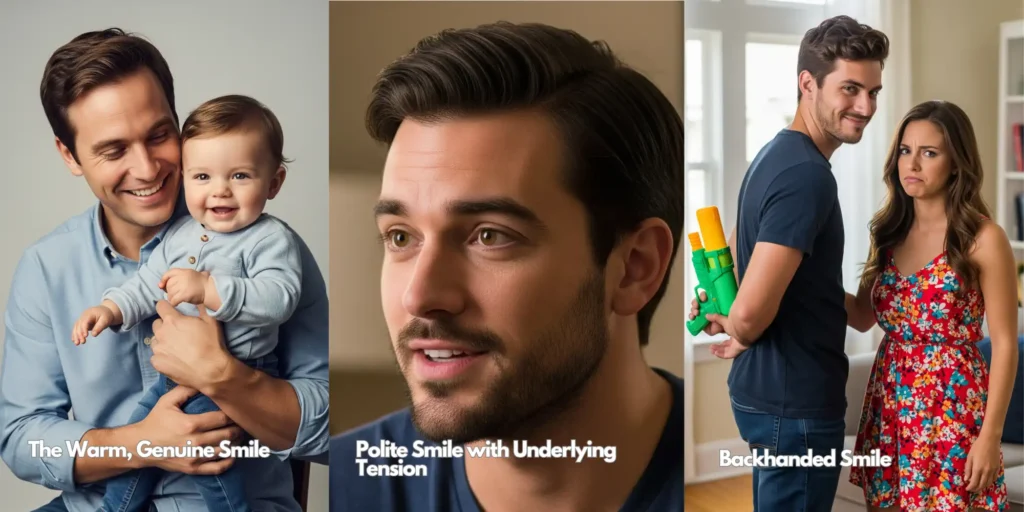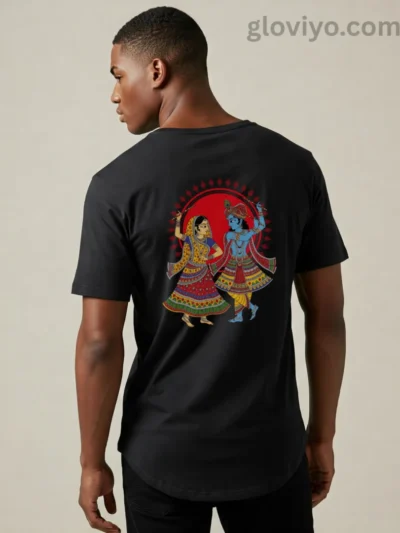TYPES OF SMILES AND THEIR HIDDEN MEANINGS: FROM WORK ENVIRONMENT TO FRIENDSHIP
Introduction
Facial expressions can tell us more than words often reveal. Smiles, in particular, are a universal part of human communication. They can show happiness, politeness, and even hidden emotions that are hard to spot. Understanding what different smiles really mean can help you navigate workplace relationships, office politics, and personal friendships. Sometimes, a smile isn’t what it appears to be. Scientific research confirms that smiles often carry specific psychological and social signals. Recognising these nuances can prevent misunderstandings and build better connections.

Recognizing Different Types of Smiles in the Workplace
Genuine vs. Fake Smiles
A genuine smile is called a Duchenne smile. It involves both the mouth and the eyes, showing true happiness. A fake smile, or non-Duchenne, only involves the mouth and looks forced. You can spot the difference by paying attention to eye muscles—authentic smiles make the eyes crinkle. Fake smiles might be used to appear polite or avoid conflict but can erode trust over time. When team members rely on superficial smiles, it can hurt cooperation and open communication.
The Diplomatic Smile
This smile appears calm, neutral, and controlled. It’s often used in meetings or during negotiations. The purpose? To keep up professionalism and hide true feelings. Someone using a diplomatic smile may be hiding disagreement or discomfort. This kind of smile is meant to avoid tension, but it can also block honest feedback and create misunderstandings.
The Smirk
Unlike a friendly smile, a smirk is often asymmetrical and suggestive. It can seem like sarcasm, arrogance, or teasing. People might smirk when they feel superior or are sneering at others. In work settings, a smirk can signal contempt or condescension. It may also be a way to undermine colleagues subtly, affecting team spirit and respect.
The Smile of Congeniality
A friendly, welcoming smile often accompanies eye contact. It’s used to build rapport quickly and make people feel comfortable. However, sometimes it masks disinterest or even condescension, especially if paired with unfriendly body language. Recognising when this smile is genuine helps maintain authentic relationships.

Decoding Smiles in Office Politics and Power Play
The Pained Smile
You’ll notice this as a strained, tight-lipped expression. It often indicates discomfort, disagreement, or frustration. Someone giving a pained smile may be hiding negative feelings or reluctance. Addressing these signs openly can prevent conflicts from escalating and promote honesty.
The Smirk of Superiority
This type of smile implies self-satisfaction or arrogance. It appears in competitive or political moments within the office. An employee might smirk when they feel they’ve outflanked a colleague or scored a win. Handling such expressions calmly and professionally is key to maintaining respect and fairness. This kind of smile can be seen on the face of an immediate superior, boss, or a peer member who has an advantage over you at the workplace.
The Fake Smile for Favour
Some staff use insincere smiles to gain favour or promotions. These smiles are often exaggerated or overly eager. Recognising this behaviour can help you see which relationships are genuine. Genuine appreciation feels natural, while manipulative smiles seem strategic and superficial. This kind of smile can be identified when a colleague or so-called ‘friend’ wants to churn out information from you that is beneficial for them in the future or, for the time being, take advantage by exposing you later. In India, we call such people by slang like “Meethi Chhuri,” meaning a silent sweet knife, or “Chane Ke Jhaad Pe Chadhana,” meaning “trying to make you climb on a tree of a chickpea,” which actually means someone is trying to make you fall in a well by yourself with a smile by praising you on something that may lead you into trouble later on.

Smiles in Personal Relationships and Friendships
The Warm, Genuine Smile
This smile radiates authenticity and relaxes others. It shows deep trust and affection. When friends share a sincere smile, it reinforces emotional bonds. Social psychology confirms that genuine smiles deepen feelings of connection and belonging. This kind of smile can be seen on the faces of your parents, loved ones, or true friends that give you genuine feedback.
The Polite Smile with Underlying Tension
People sometimes smile politely to avoid conflict, even if there’s tension. Friends might hide disagreement behind a friendly face. Recognising signs of superficial friendliness helps you address issues directly, building stronger bonds. This kind of smile is evident on the face of a person or a friend or a family member who is in need of your help or under tension but hiding it from you just because he might not want to hurt you or disagree in a particular area that needs to be clarified.
The Backhanded Smile
This is a sarcastic or mocking smile that implies disdain. It might be a social tease or veiled insult. When you see this, stay calm and avoid retaliating. Handle such moments with diplomacy to prevent conflict from escalating. This is one of my favourite smiles, because this smile is so pathetic that some of the dearest of your friends, family, siblings, cousins, etc., might make fun of you and enjoy it in front of others by embarrassing you or pranking you in an unharming way.
How to Interpret and Respond to Smiles Effectively
Context is everything when decoding a smile. Combine facial cues with body language and tone of voice—the full picture reveals the truth. Keep an eye on patterns over time rather than judging one fleeting gesture. When unsure, ask questions or clarify intentions. Developing emotional intelligence and understanding cultural differences also improves your ability to interpret smiles accurately.
- Select options This product has multiple variants. The options may be chosen on the product page
Rated 0 out of 5
- Select options This product has multiple variants. The options may be chosen on the product page
Rated 0 out of 5
- Select options This product has multiple variants. The options may be chosen on the product page
Rated 0 out of 5
₹699.00
- Select options This product has multiple variants. The options may be chosen on the product page
Rated 0 out of 5
₹699.00
- Select options This product has multiple variants. The options may be chosen on the product page
Rated 0 out of 5
₹485.00
- Select options This product has multiple variants. The options may be chosen on the product page
Rated 0 out of 5
₹485.00
- Select options This product has multiple variants. The options may be chosen on the product page
Rated 0 out of 5
₹499.00
- Select options This product has multiple variants. The options may be chosen on the product page
Rated 0 out of 5
₹495.00
- Select options This product has multiple variants. The options may be chosen on the product page
Rated 0 out of 5
₹489.00
- Select options This product has multiple variants. The options may be chosen on the product page
Rated 0 out of 5
₹489.00
- Select options This product has multiple variants. The options may be chosen on the product page
Rated 0 out of 5
₹499.00
- Select options This product has multiple variants. The options may be chosen on the product page
Rated 0 out of 5
₹659.00
- Select options This product has multiple variants. The options may be chosen on the product page
Rated 0 out of 5
₹659.00
- Select options This product has multiple variants. The options may be chosen on the product page
Rated 0 out of 5
₹659.00
- Select options This product has multiple variants. The options may be chosen on the product page
Rated 0 out of 5
₹679.00
- Select options This product has multiple variants. The options may be chosen on the product page
Rated 0 out of 5
₹609.00

















